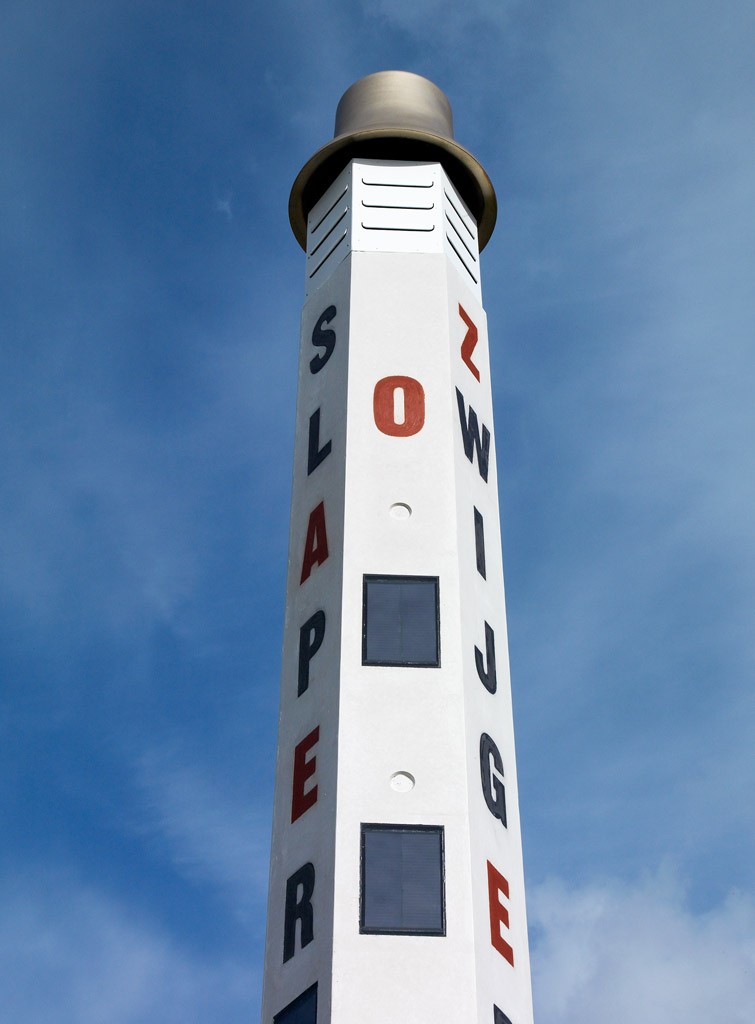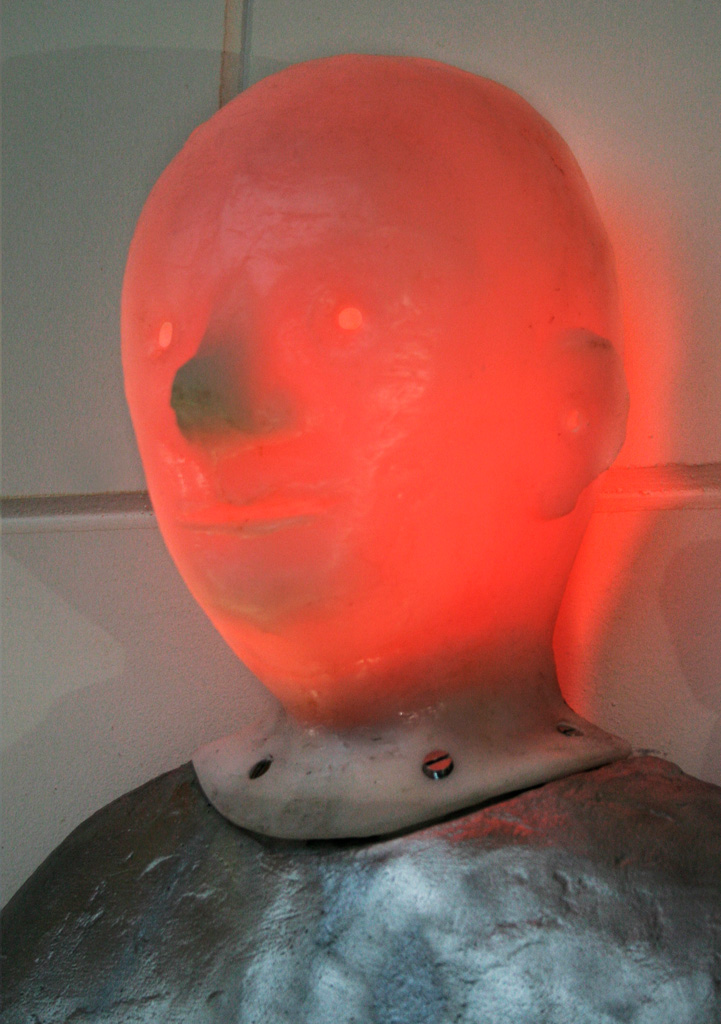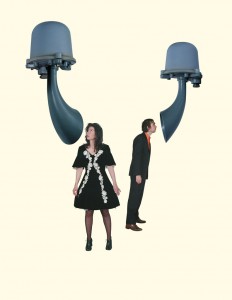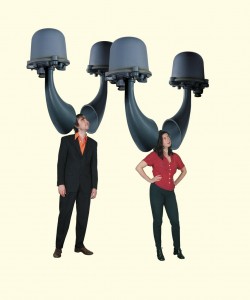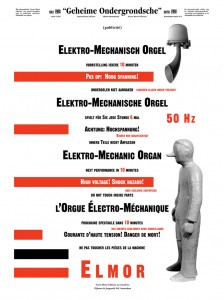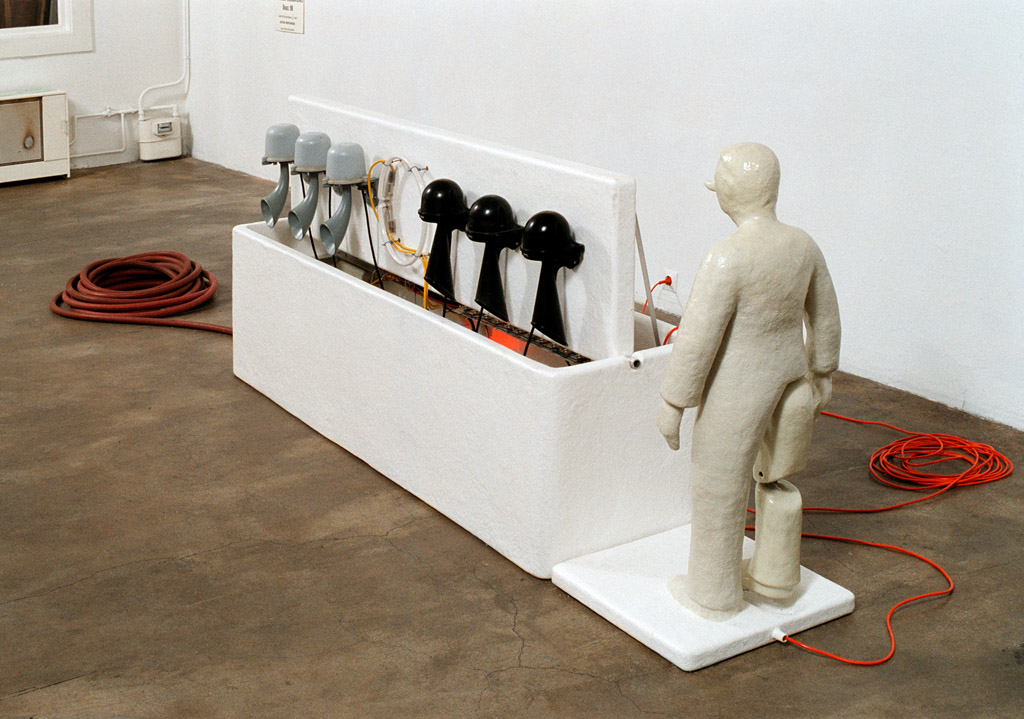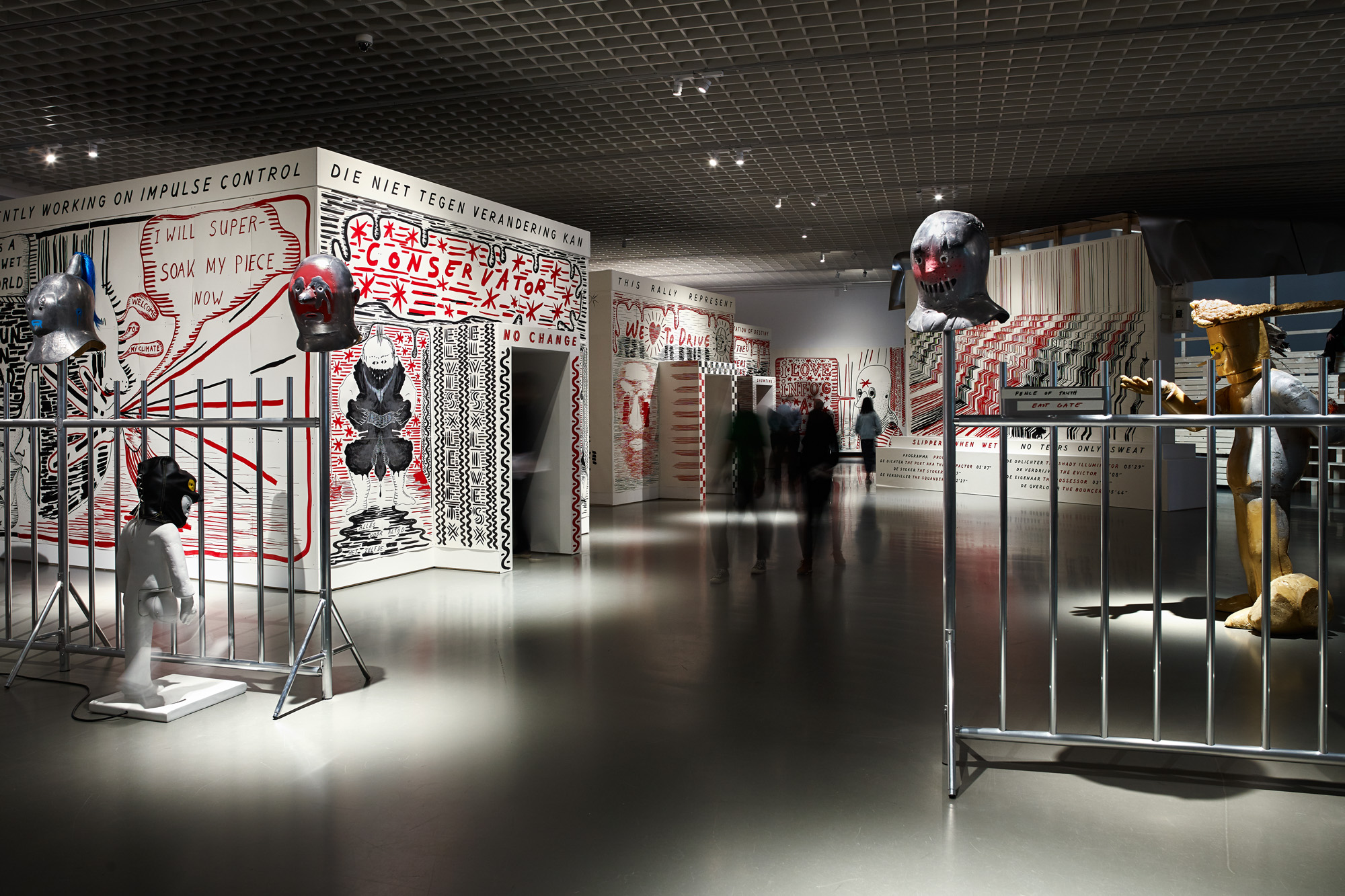
The Magnetic North & The Idea of Freedom (Museum Boijmans van Beuningen Rotterdam 24/06 – 24/09/2017)
By bringing together the project ‘The Magnetic North’(2015-2016), the video work ‘The Idea of Freedom’ and their monumental red and black ink drawings, Sylvie Zijlmans and Hewald Jongenelis have created a theatrical installation about an era in which reality outdoes all fiction.
Since Zijlmans and Jongenelis moved from the busy Jordaan neighbourhood to Amsterdam-North, their new environment found its way into their work in a natural way. Their conversations with local residents highlighted several social issues. Concerns about changes to their neighbourhood, which is growing in popularity, turn out to be a recurring theme. In the course of lengthy discussions, they distilled images which position underlying personal thoughts and fears inside a larger actual, urgent and global context. These universally recognisable issues have been translated into 8 performances, filmed on location in collaboration with the local community. Each of the videos features a mythical character, an ‘avatar’, whose presence spurs the people into action. This avatar, wearing an aluminum mask, personifies pressing concerns and hidden conflicts. Given names as the Evictor, the Bouncer and the Squanderer, and with themes as gentrification, appropriation of space and the struggle to find a parking place, the project reflects on themes found in the immediate environment. At the same time it links these themes to greater themes as pollution, overpopulation, migration, the current refugee crisis and the experience of individual liberty. The red and black ink drawings, that cover all cabins and structures in the exhibition, are based on the drawings in notebooks that Zijlmans and Jongenelis kept during the talks and discussions.
With ‘The Magnetic North & The Idea of Freedom’ Zijlmans & Jongenelis turned everyday life in an expanding city into a metaphor for our time.
‘The Magnetic North & The Idea of Freedom’ was made possible with support of: het Mondriaan Fonds, AFK, Het VSB Fonds, Gemeente Amsterdam Noord, Het Prins Bernhard Cultuur Fonds, Stichting NDSM-werf, Nieuw Dakota, Museum Boijmans Van Beuningen, Coöperatie Taak, PK Waterbouw, Provincie Noord-Holland
[maxbutton id=”4″]
[maxbutton id=”5″]
[maxbutton id=”2″]
[maxbutton id=”3″]
[maxbutton id=”6″]
03’20” min video (switch on sound)
masked driver & co-driver from ‘Convoy, rally through the North’
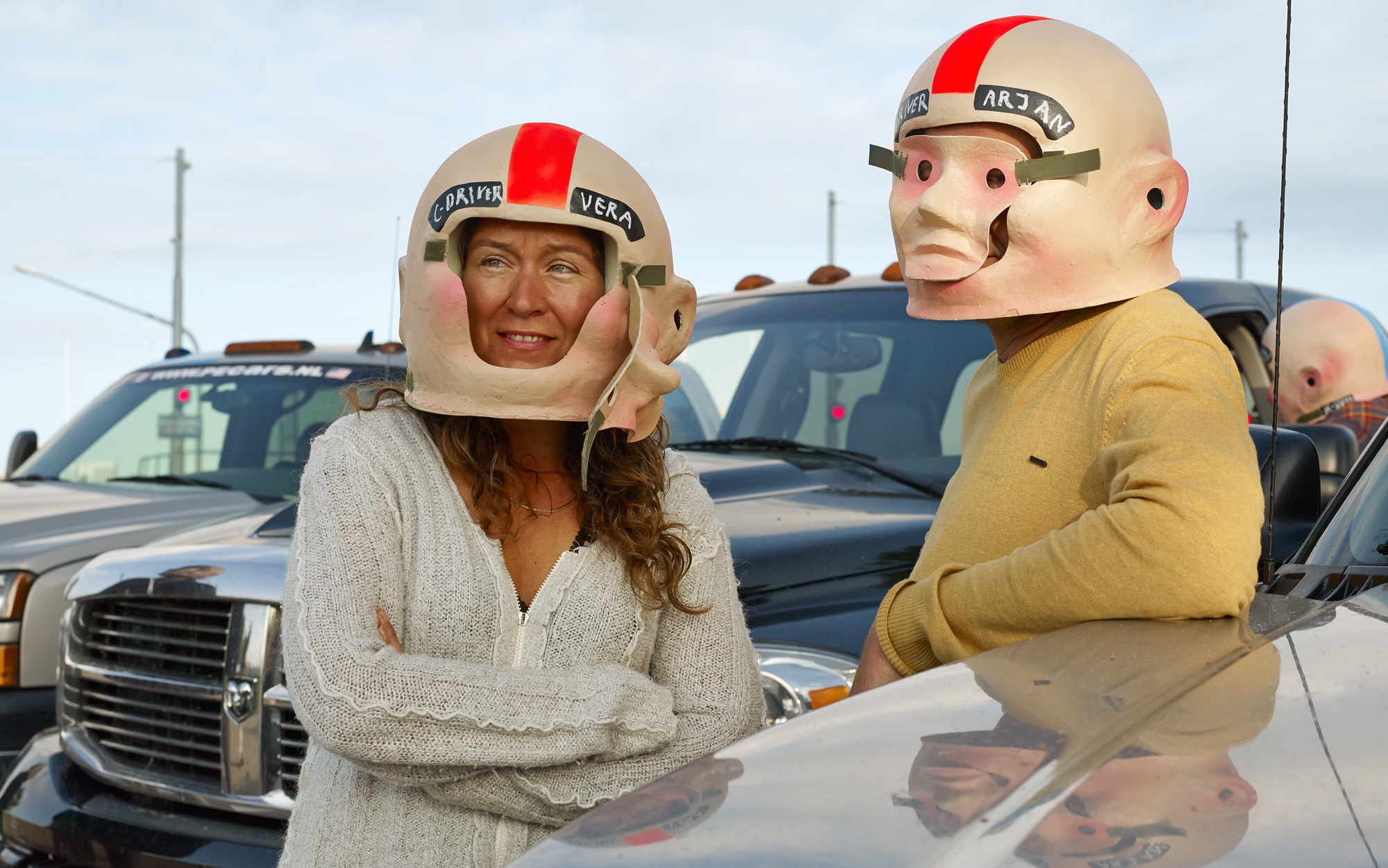


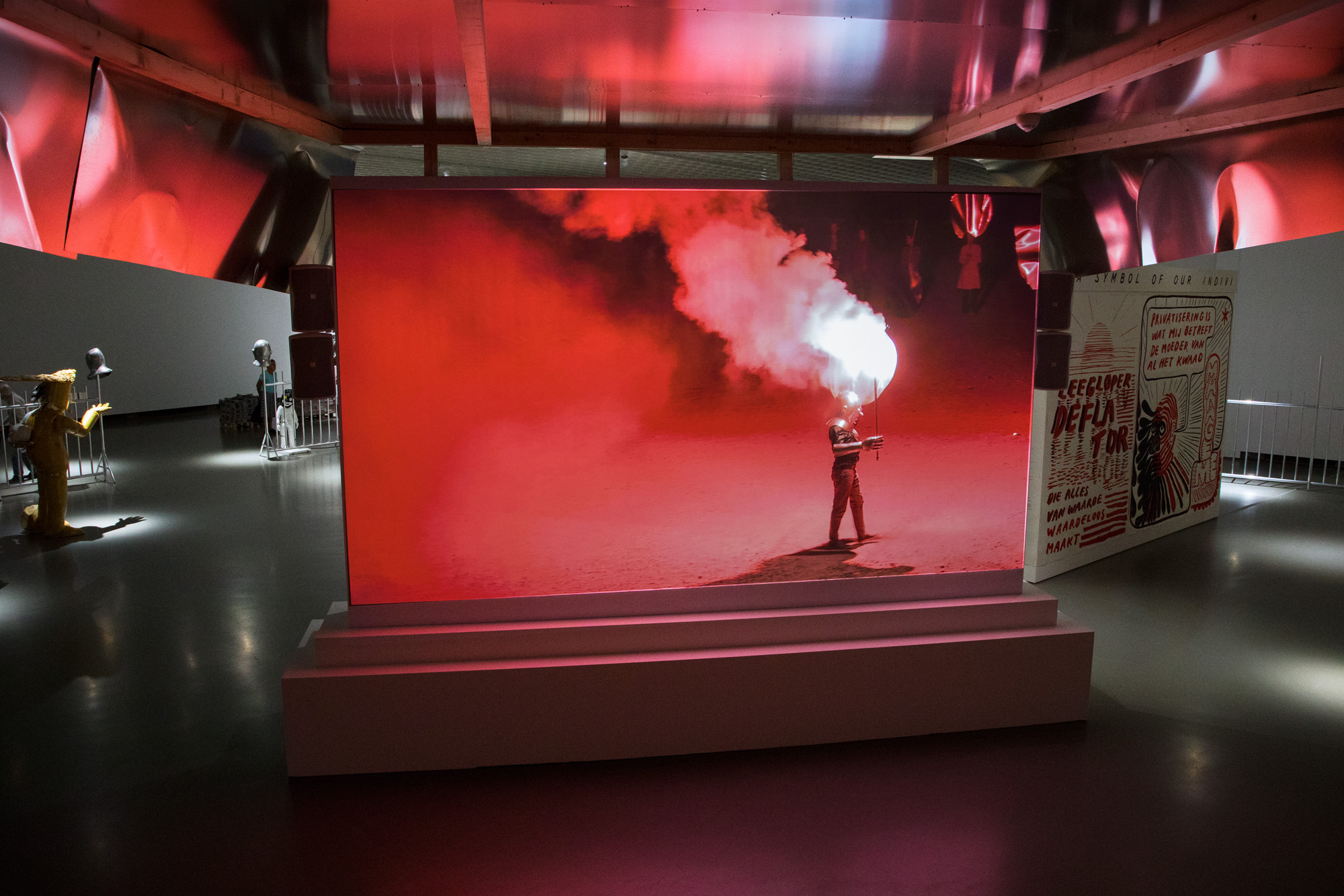
video-still De Dichter / The Poet aka The Compactor
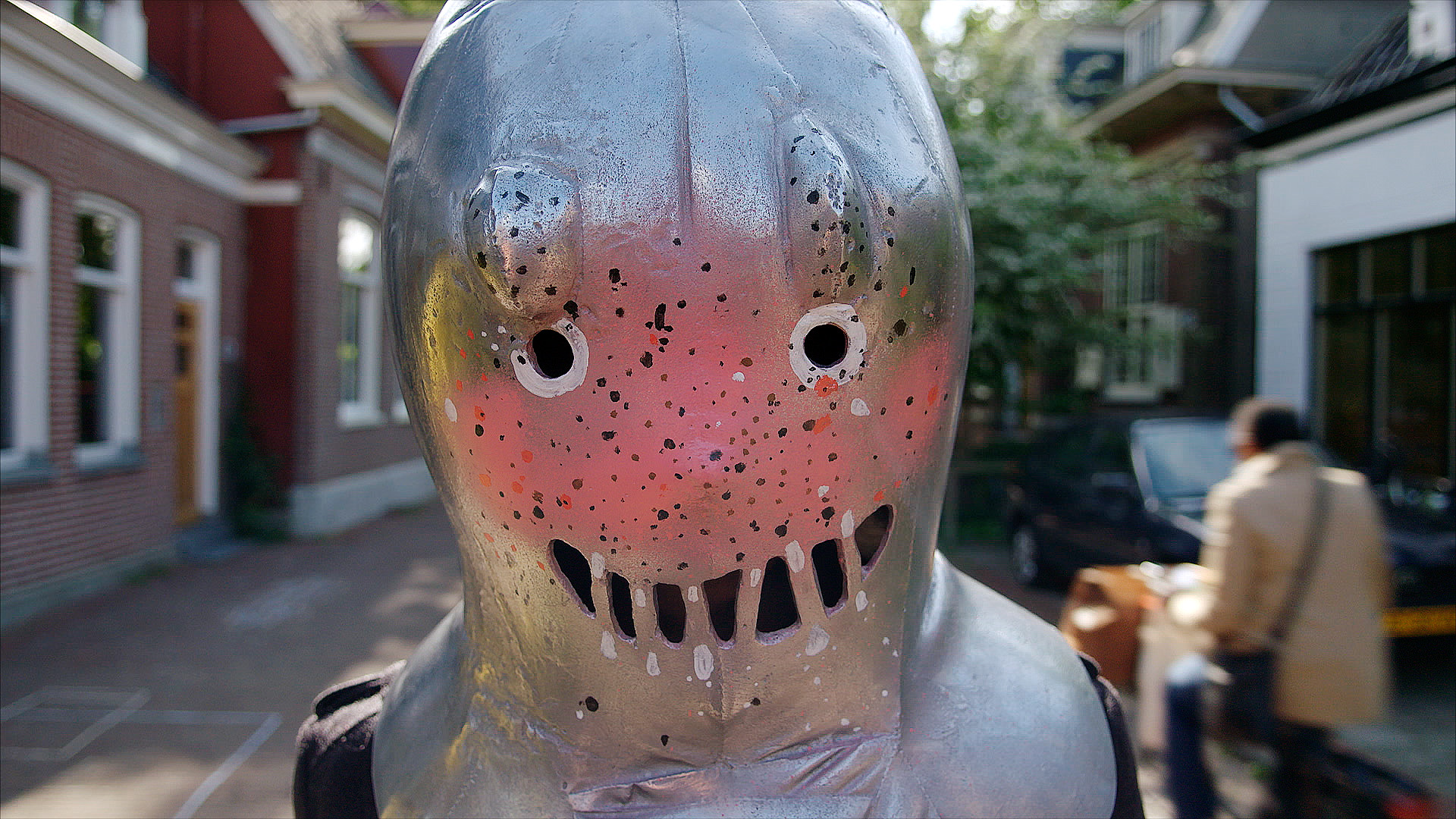
video-still De Dichter / The Poet aka The Compactor

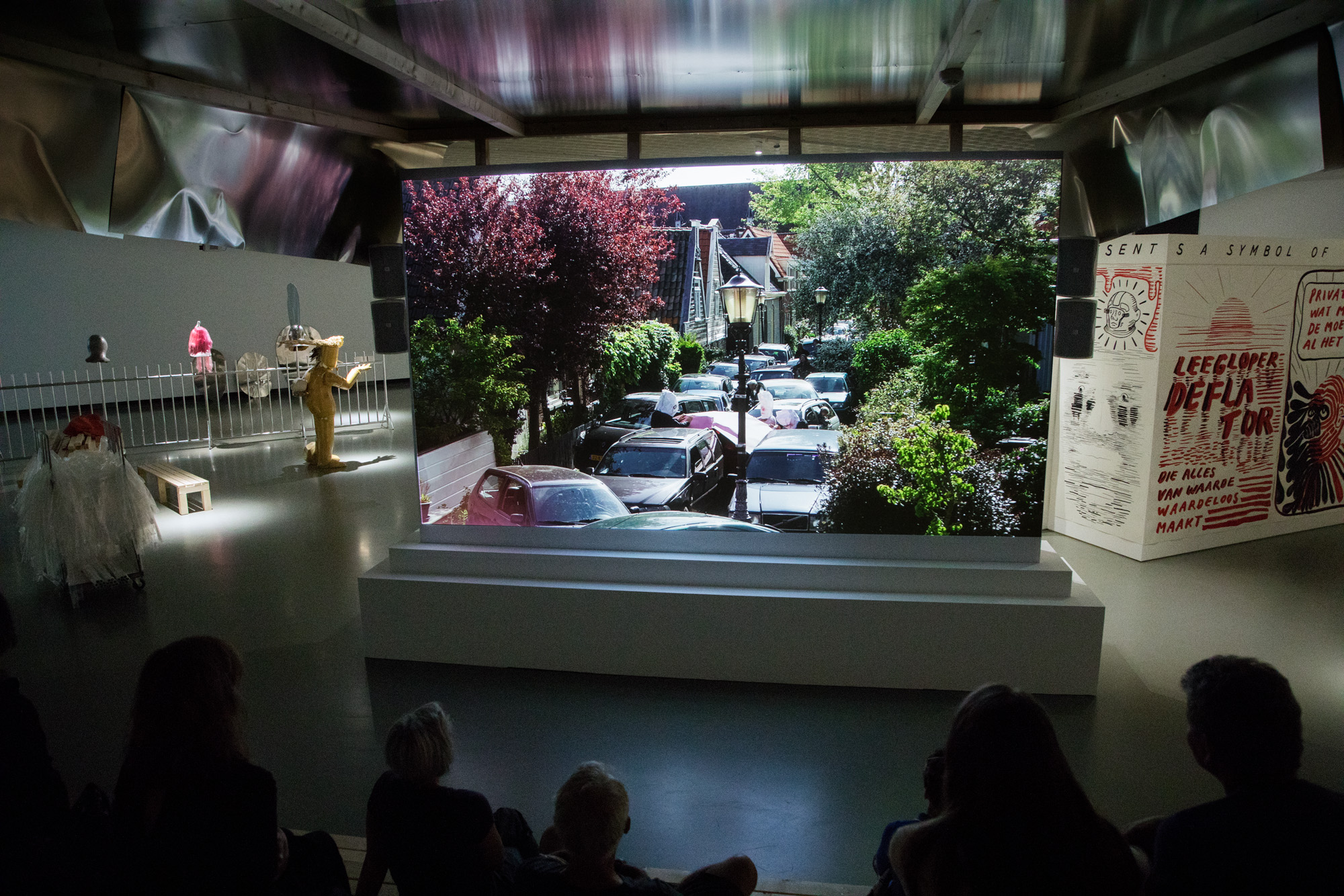

video-still De Overloper / The Bouncer
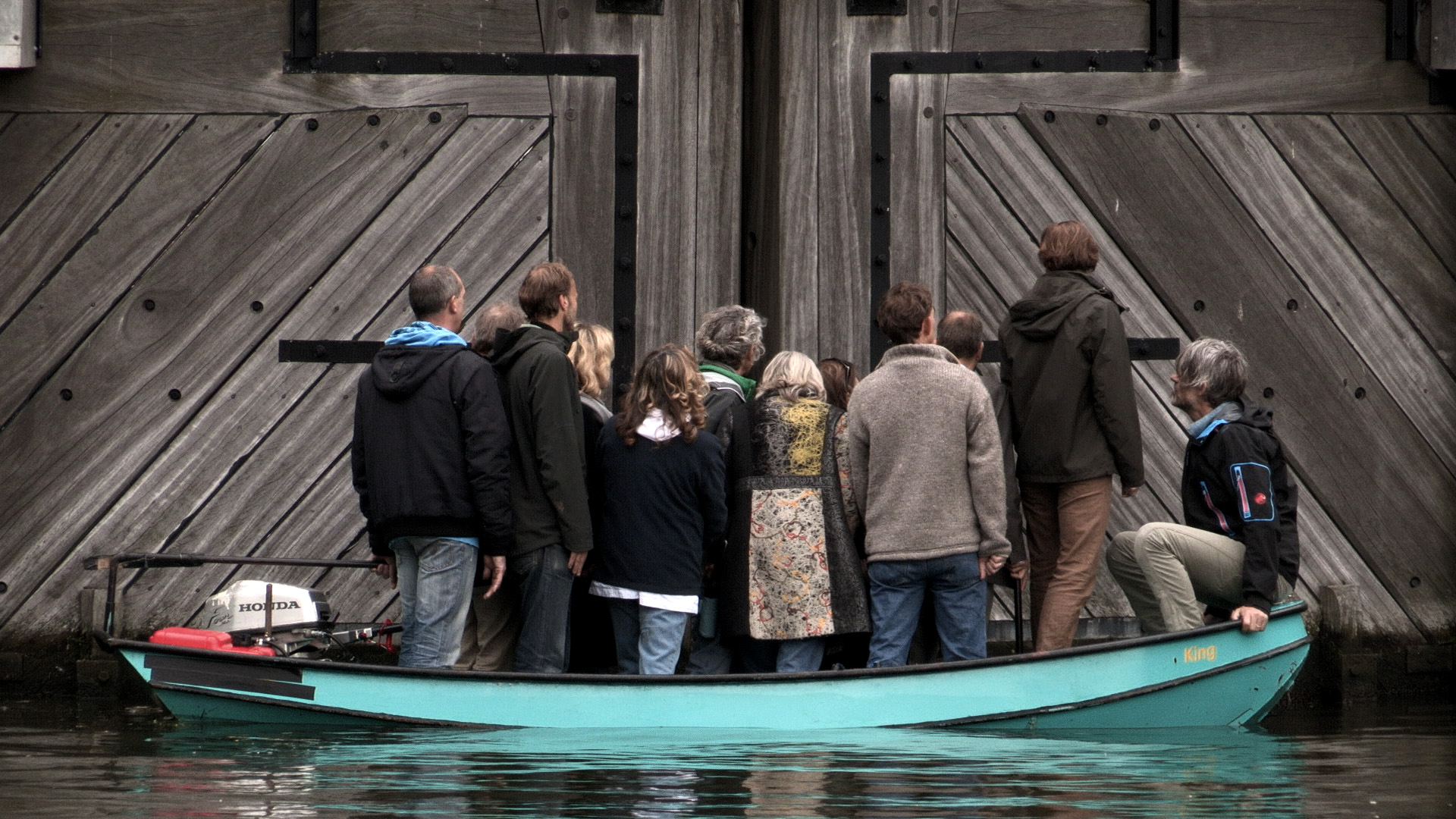

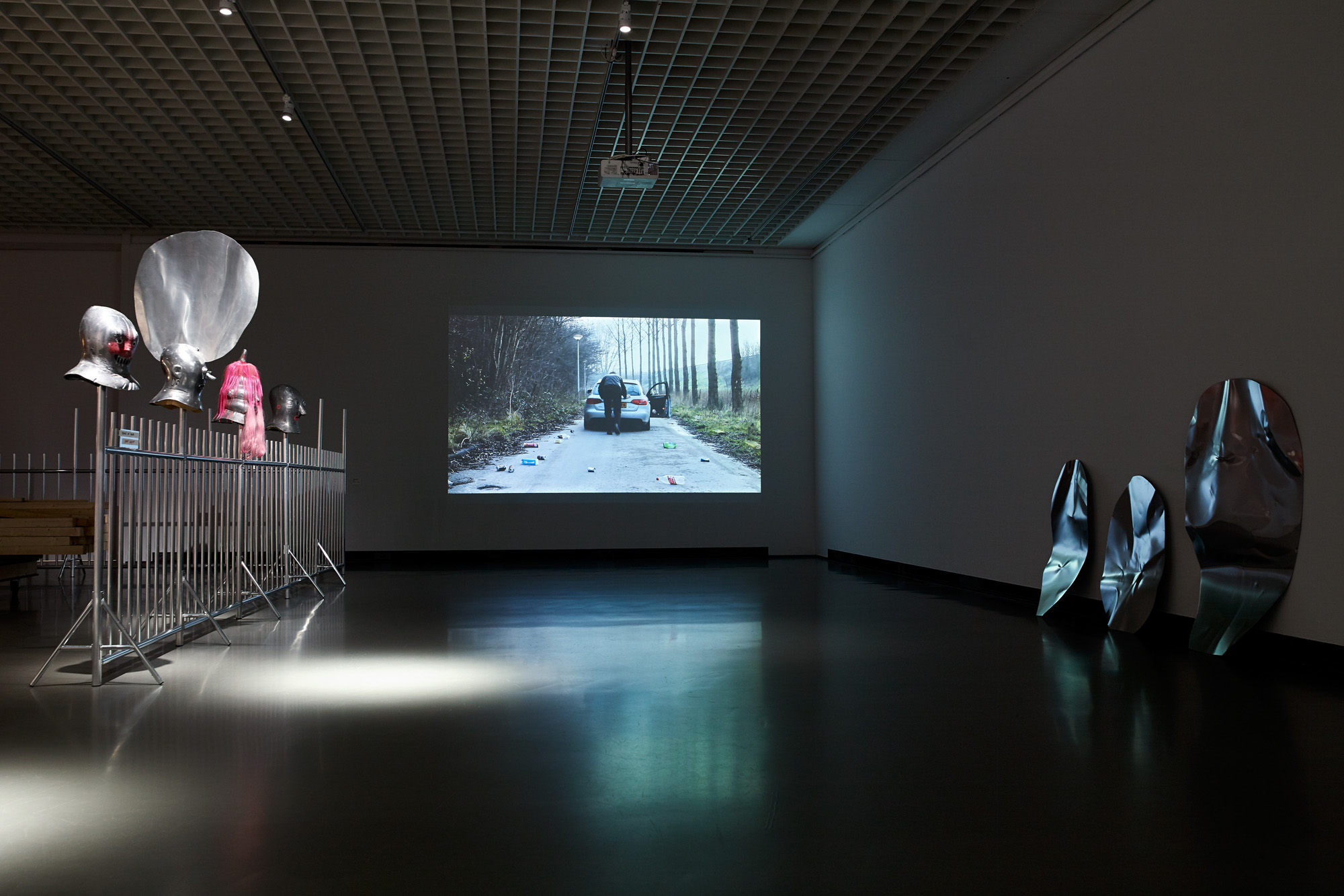
De Gedoger / The Tolerator
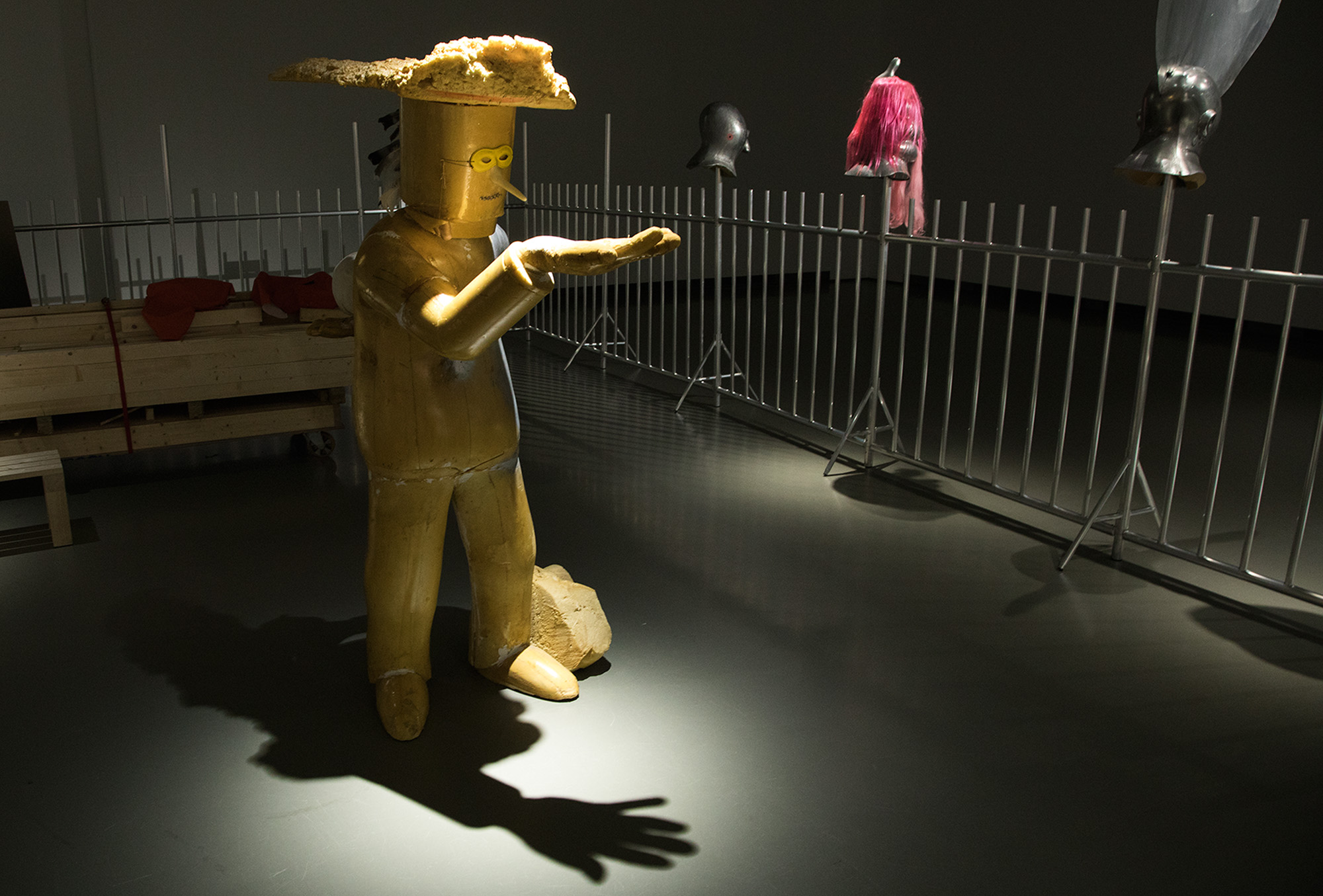
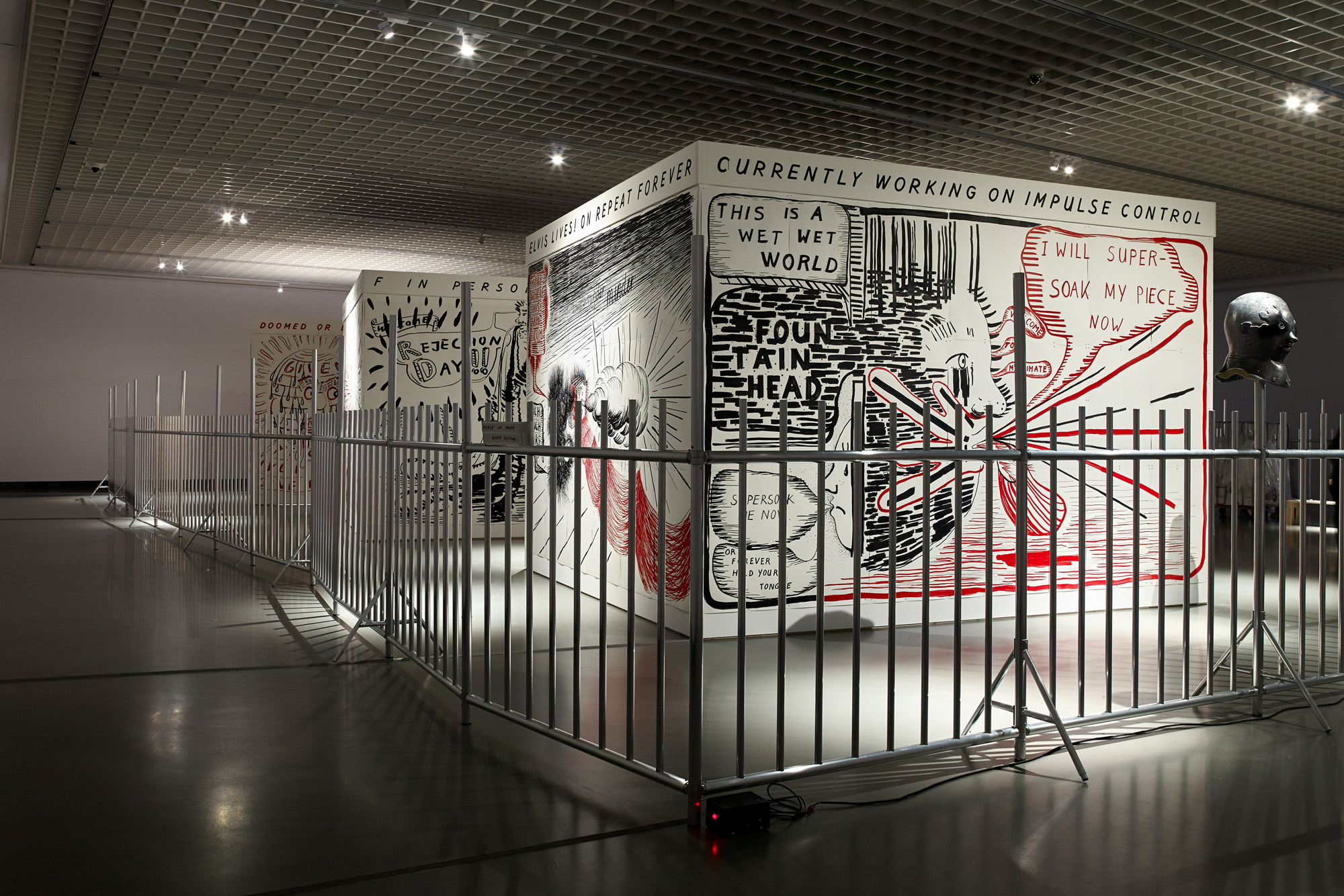

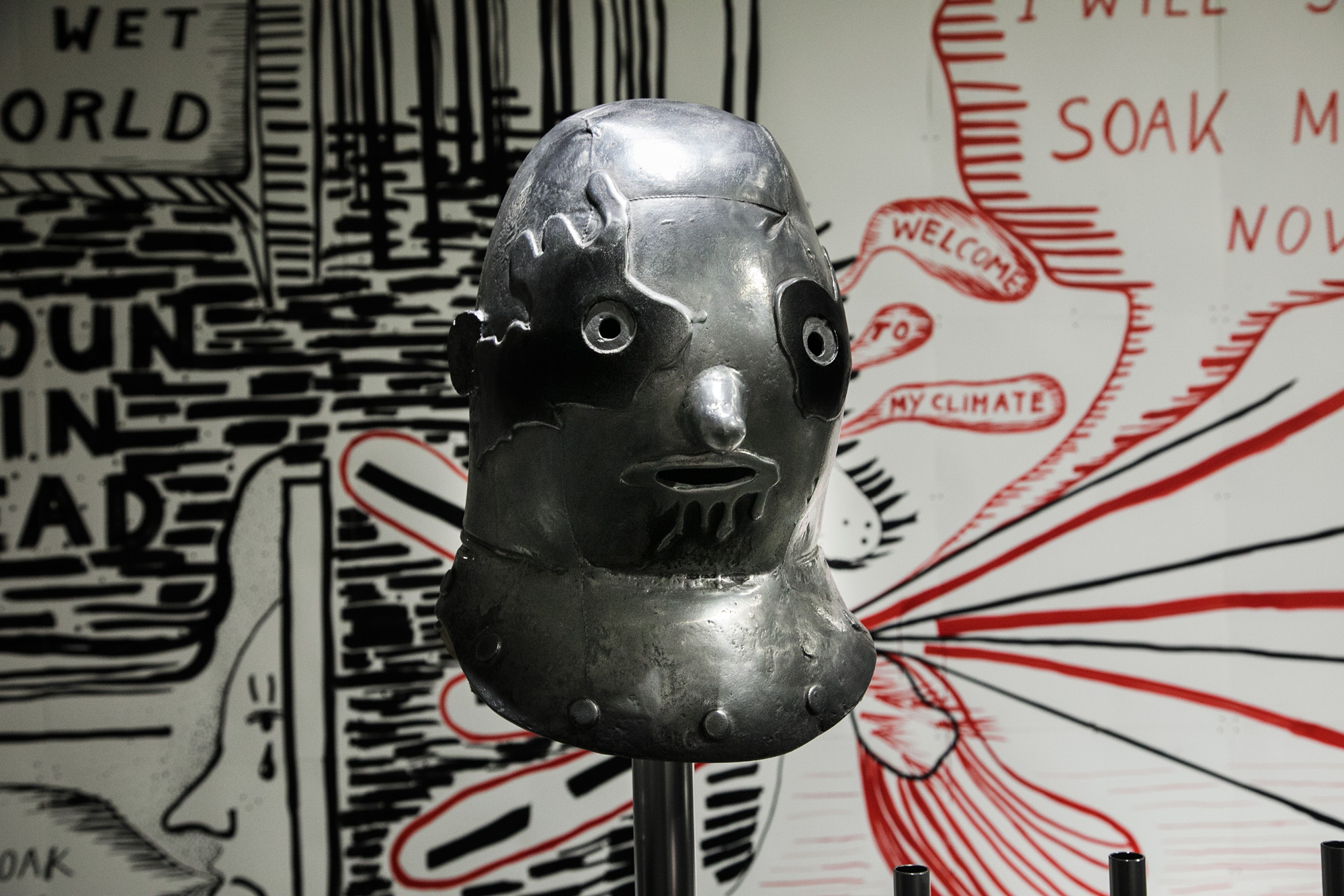
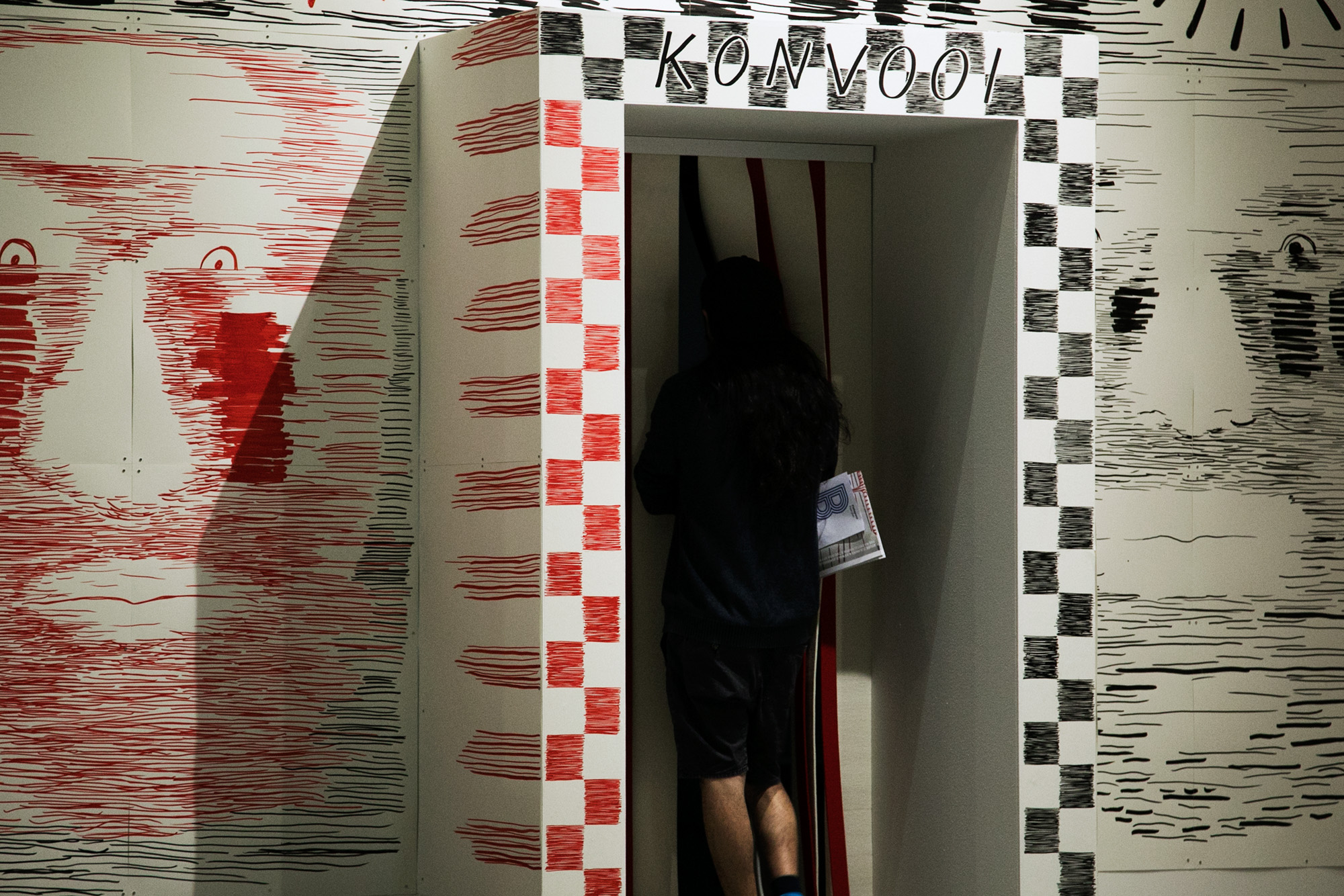
drivers & co-drivers from ‘Convoy, rally through the North’
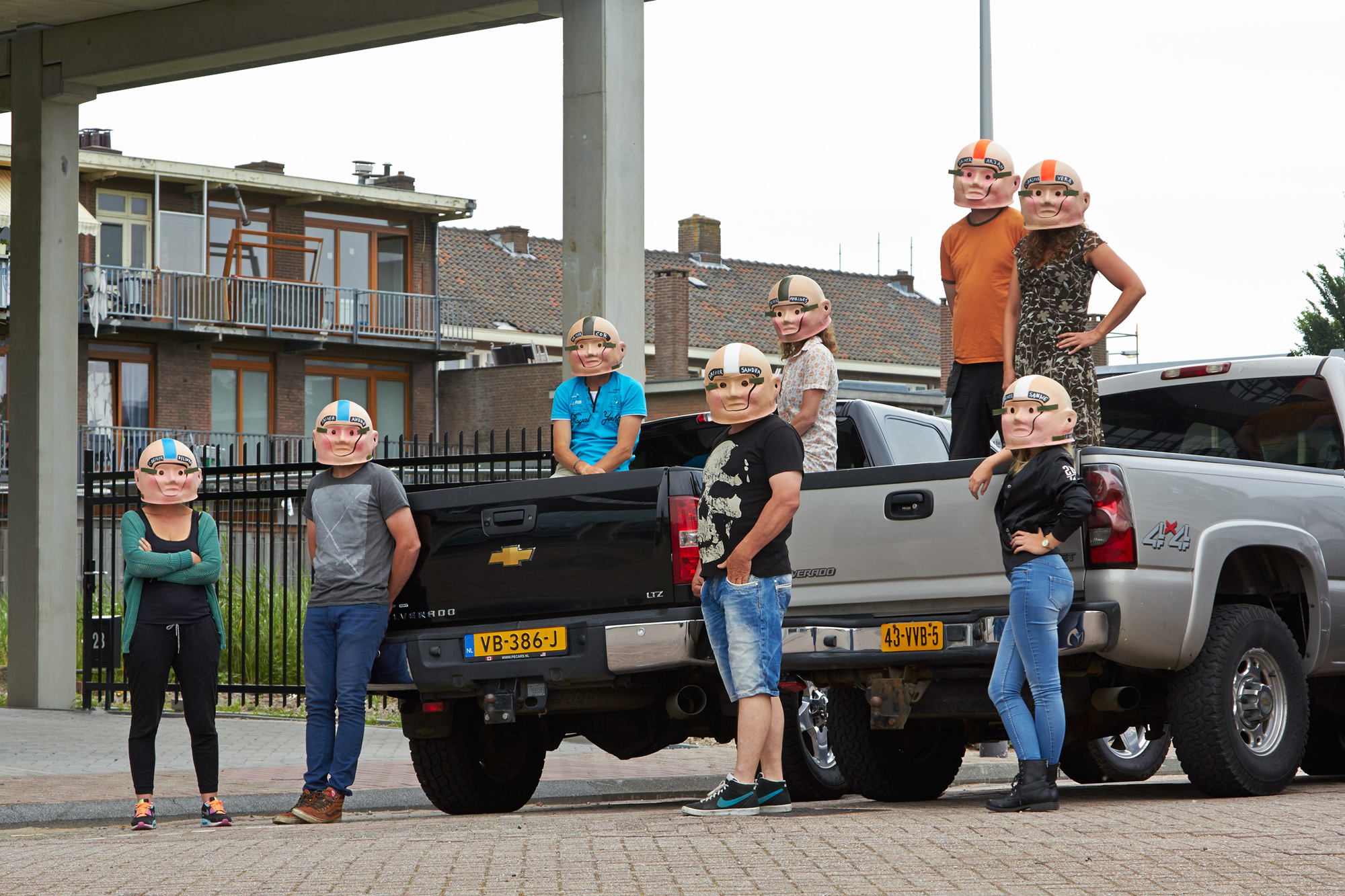
video-still De Verspiller / The Squanderer


Masks of The Poet a.k.a. The Compactor, The shady Illuminator, The Possessor & The Evictor impaled on the South Section of the Fence of Freedom (next to the East Gate) Museum Boijmans van Beuningen Rotterdam
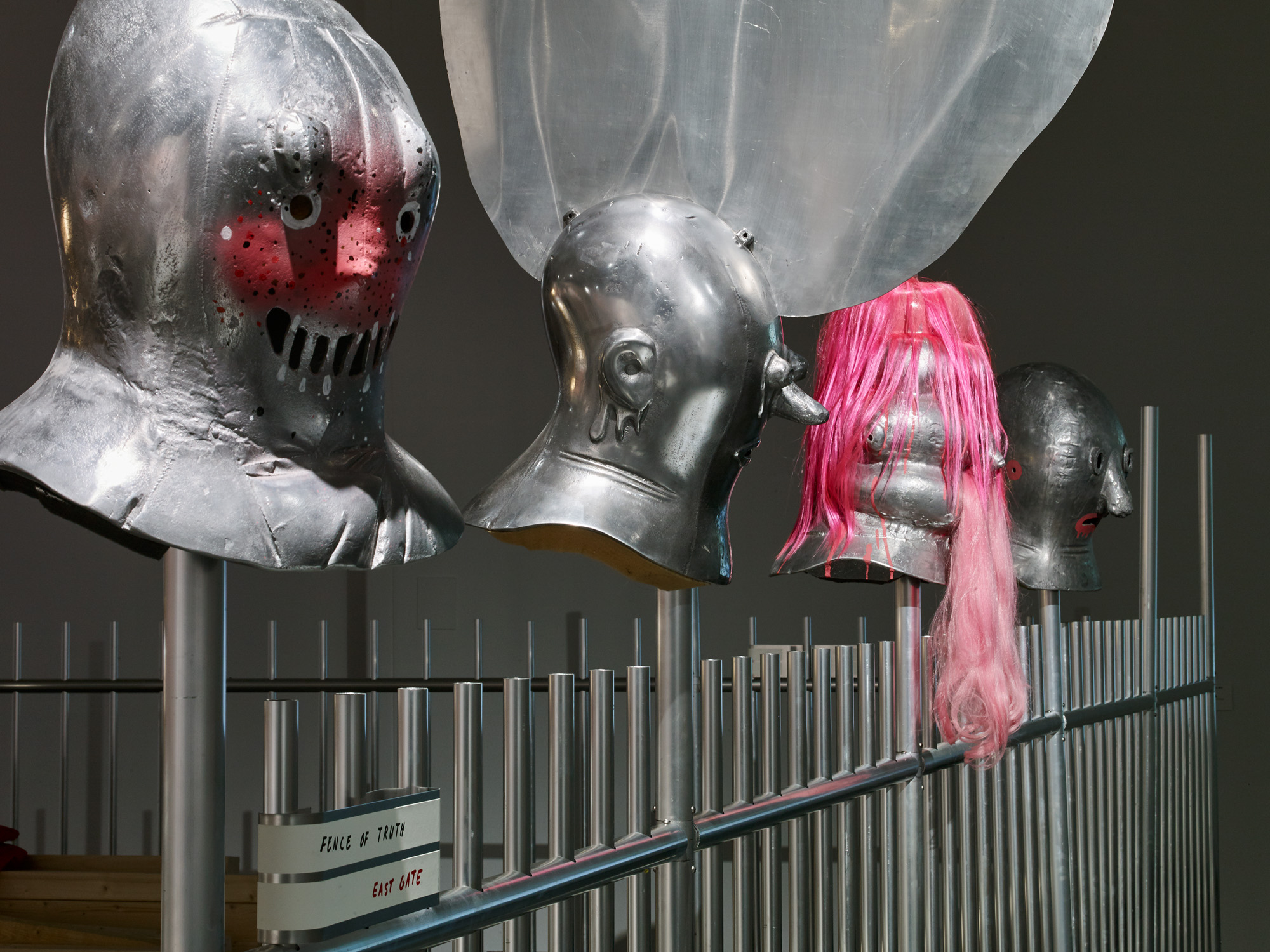
Masks of The Stoker, The Squanderer, The Bouncer & The Conservator impaled on the North Section of the Fence of Freedom (next to the East Gate)
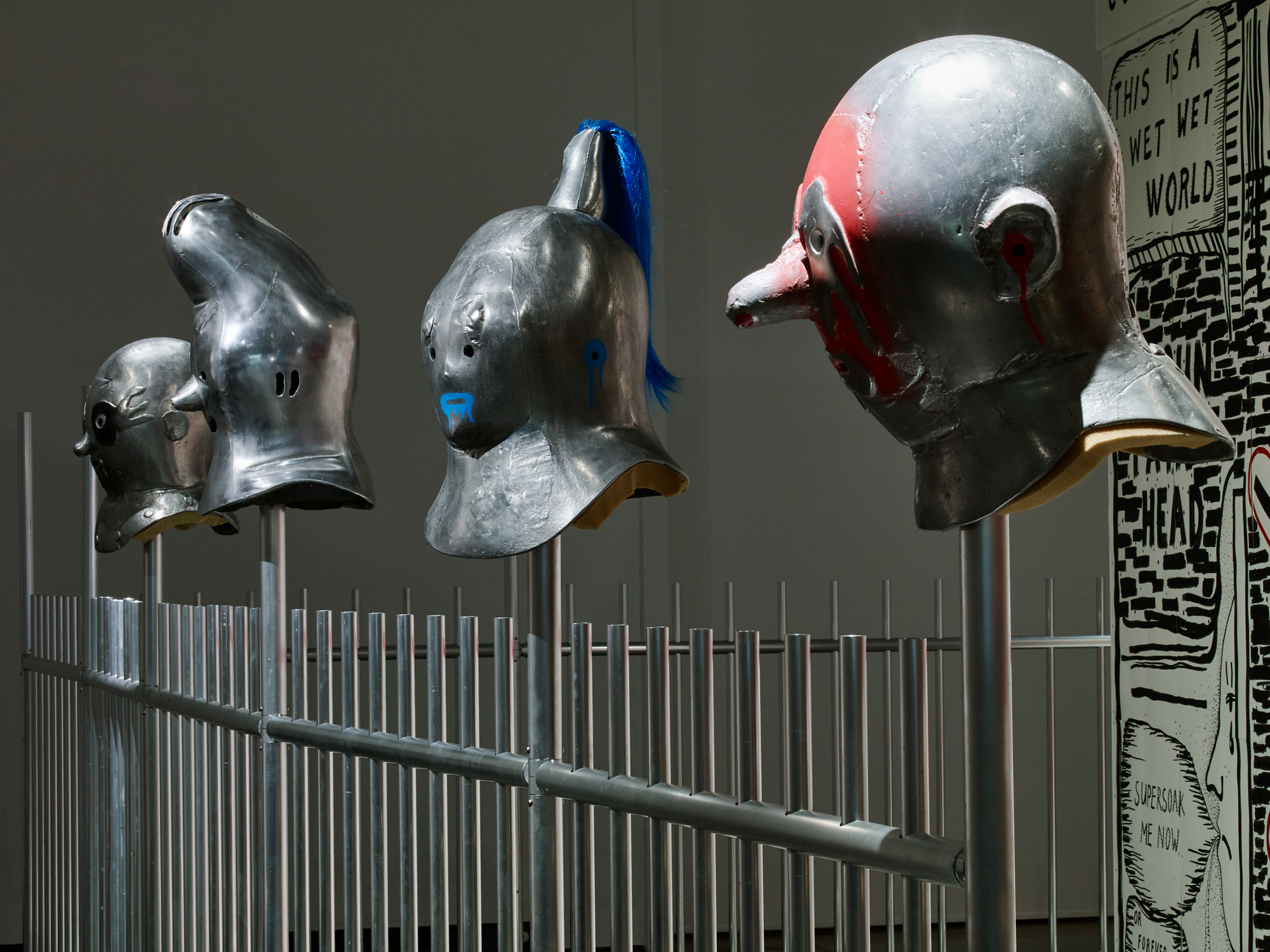
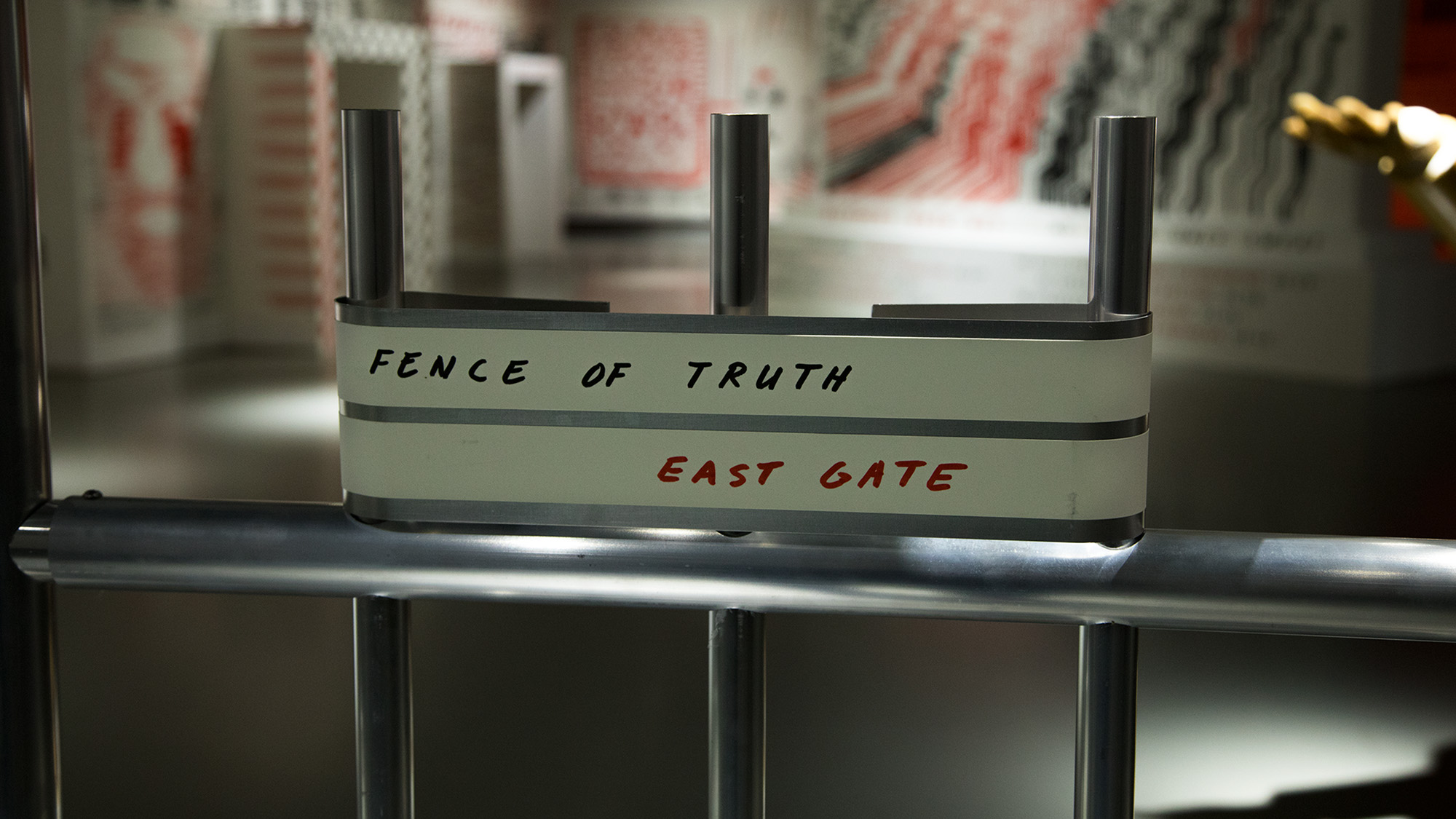

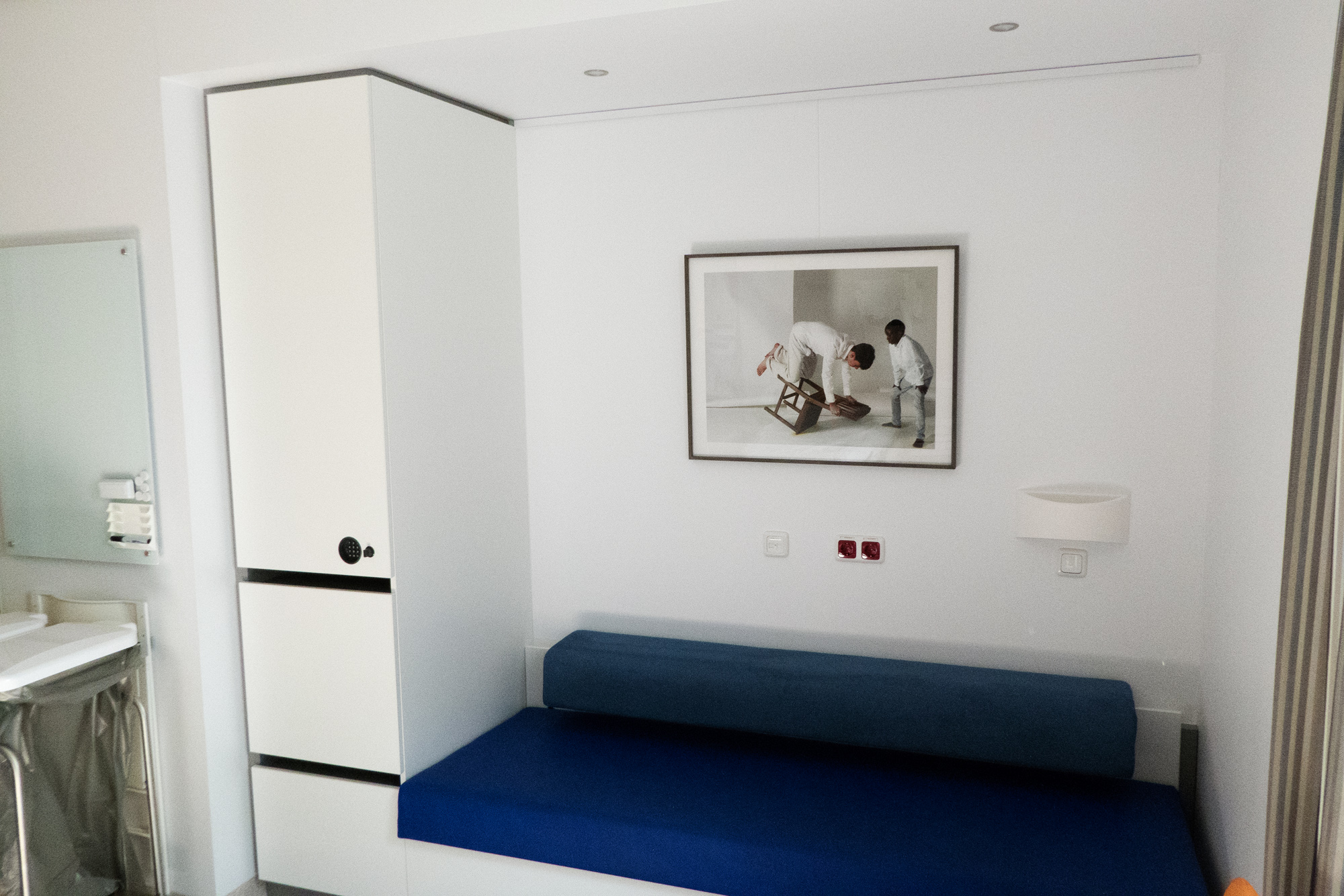
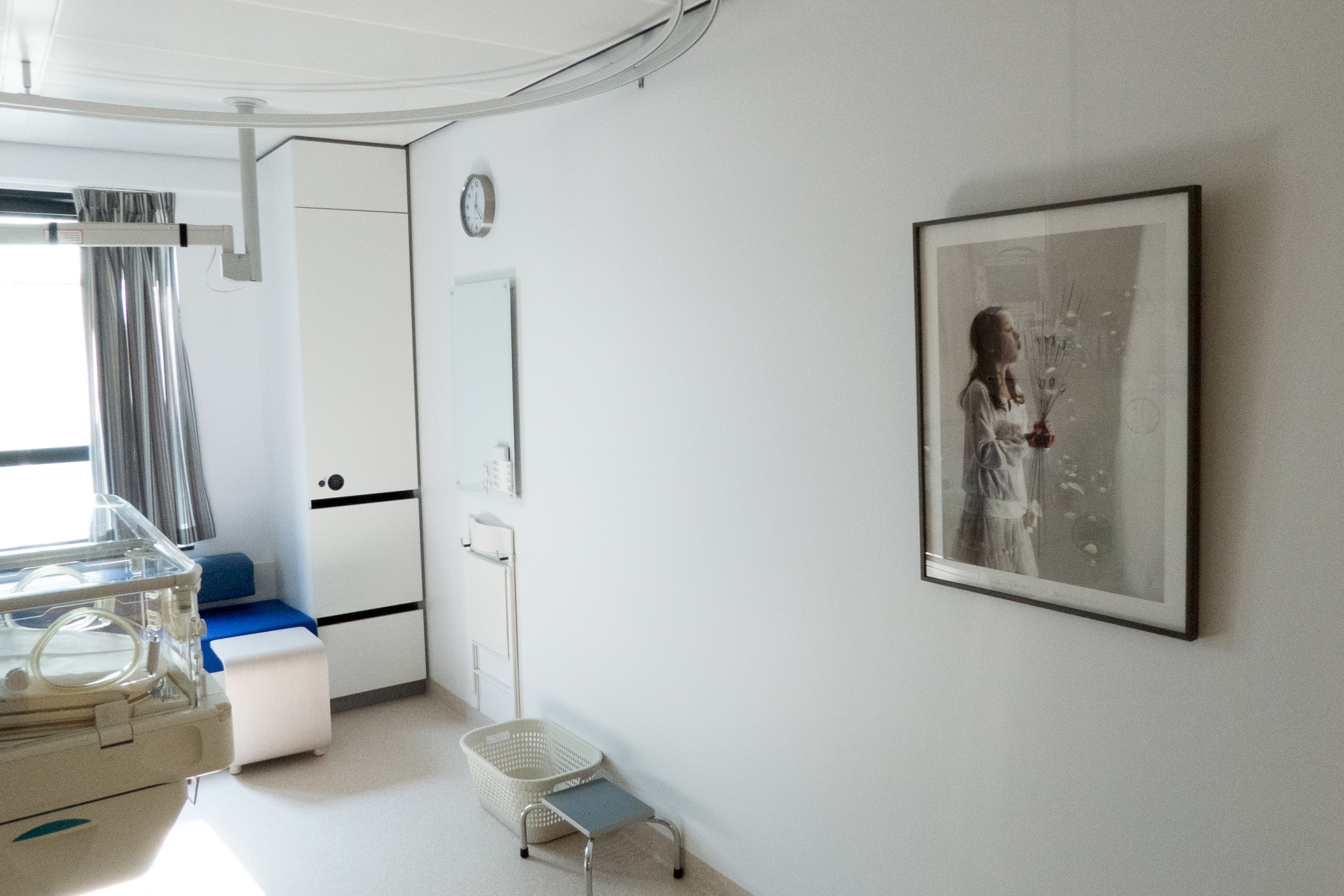

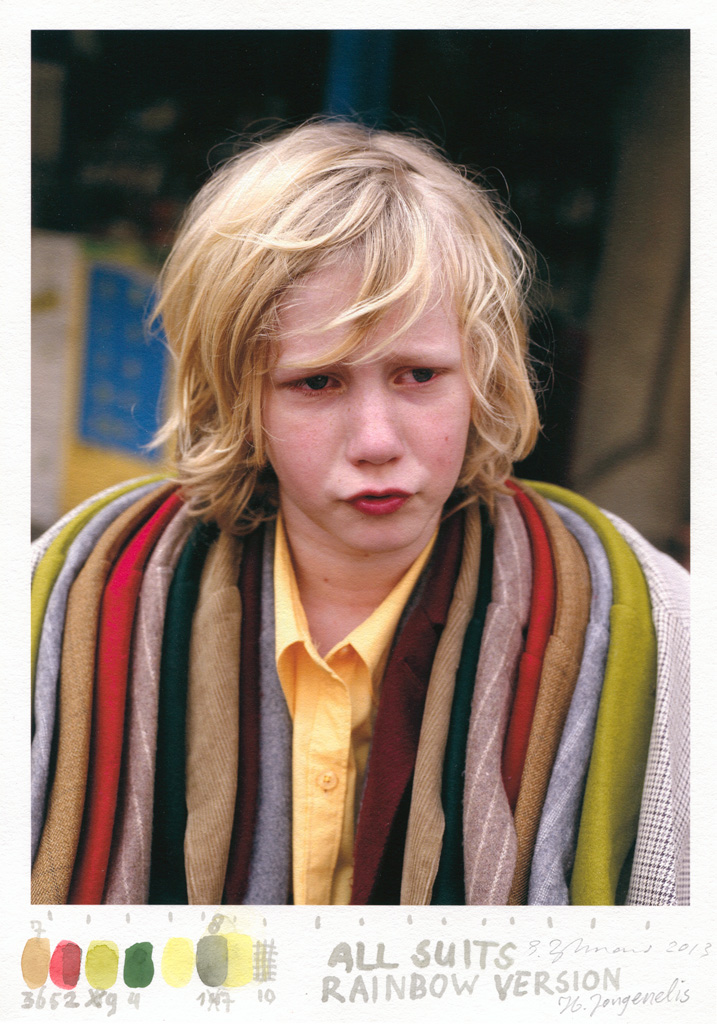
![Zijlmans Jongenelis - The idea of freedom - [filmstill] 001 1024PX](http://zijlmansjongenelis.nl/2013/wp-content/uploads/2012/05/Zijlmans-Jongenelis-The-idea-of-freedom-filmstill-001-1024PX.jpg)
![Zijlmans Jongenelis - The idea of freedom - [filmstill] 002 1024PX](http://zijlmansjongenelis.nl/2013/wp-content/uploads/2012/05/Zijlmans-Jongenelis-The-idea-of-freedom-filmstill-002-1024PX.jpg)
![Zijlmans Jongenelis - The idea of freedom - [filmstill] 003 1024PX](http://zijlmansjongenelis.nl/2013/wp-content/uploads/2012/05/Zijlmans-Jongenelis-The-idea-of-freedom-filmstill-003-1024PX.jpg)



